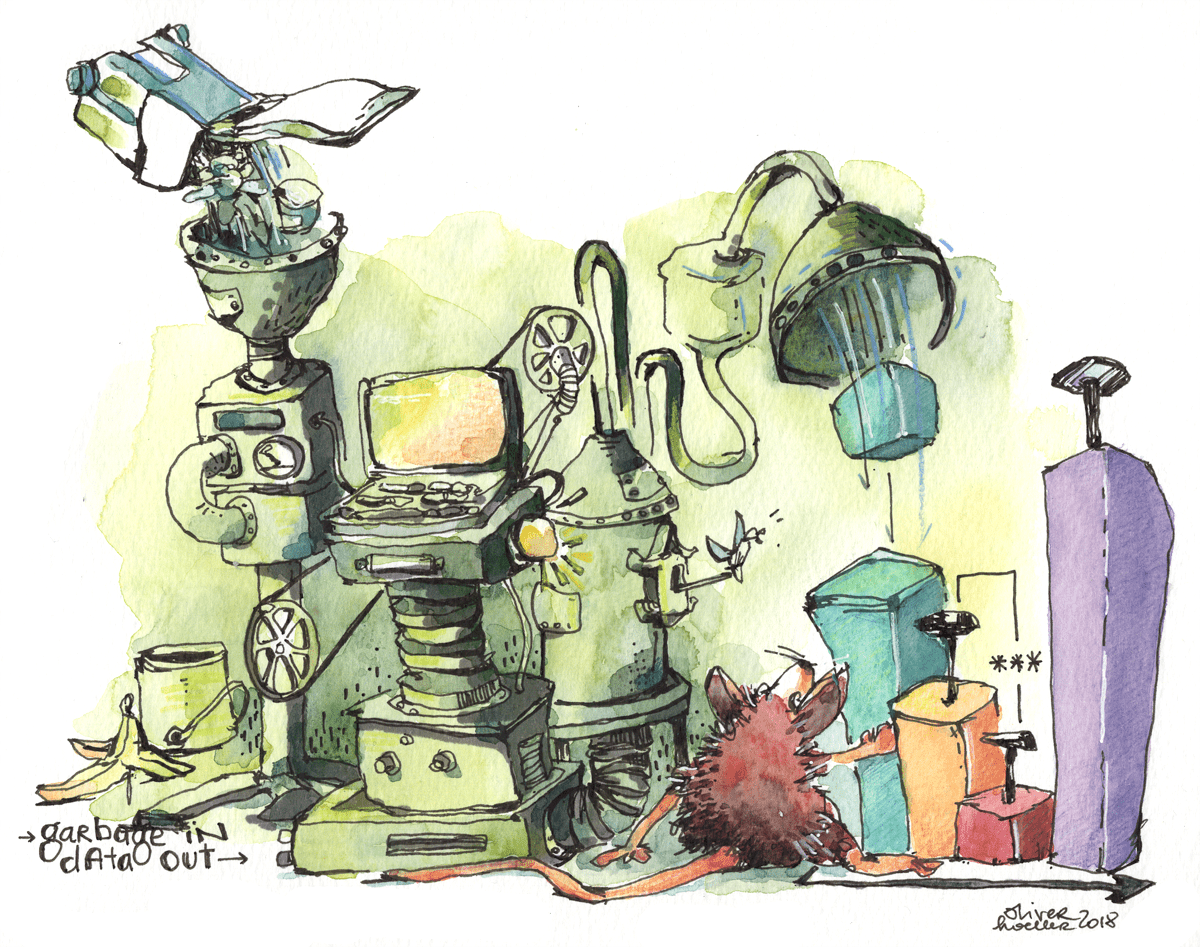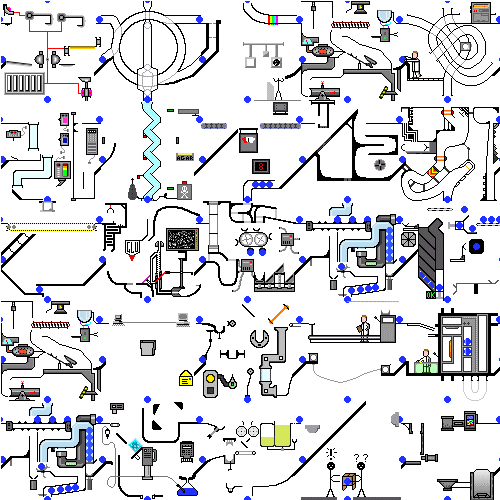
Technology is an expense that businesses have to bear to remain competitive. However, many companies simply overlook necessary upgrades to their existing tech, leading to outdated machines and inefficient processes. Managers seem to think that if the technology isn’t broken, then it makes no sense to upgrade it or replace it. While this might be true for some areas of business, technology isn’t one of them.
Outdated tech could cripple a company, keeping it from adopting the most cutting-edge procedures and making it less competitive against other companies that stay up to date with the latest hardware and software innovations.
1. Limiting Automation Efforts
Old tech may limit automation efforts within your company. Many processes on older technologies can be automated. But sometimes you find that the work required to automate those processes on the old tech outweighs the effort of actually replacing that tech. Automating on the old tech is a bad trade-off if you end up with a larger time investment and you still have the old tech to maintain.
2. Slowing Response Time
Companies don’t realize how much time legacy systems waste in terms of responding to customers or situations. It can be frustrating to show how this can be the reason a company is losing customers.
 3. Increased Vulnerability To Cybersecurity Breaches
3. Increased Vulnerability To Cybersecurity Breaches
Old tech leaves firms open to cybersecurity breaches, and this is the exact type of security gap that hackers are looking to exploit. Recovering from a cybersecurity breach is extremely costly and could very well be the end of a small firm. They should also consider the loss of client trust and bad press as one of the costs of a data loss event.
 4. Dragging Productivity
4. Dragging Productivity
“How many licks does it take to get to the center of your Tootsie Pop”? We all have our preference to get to the middle – or in business to ‘get it done’.
The “it still works” argument against tech investment reflects negatively against business in productivity numbers. This is particularly evident in organizations that invest in newer technology at the top and push down older tech to less critical departments. The older tech departments are often not as productive and the older tech is often a large contributing factor.
5. Change Management and Clinging To Inefficient Processes
The thing about old systems (spreadsheets and databases) is that they’re really a product of an old process. Older tech is hurting businesses because they’re forcing teams to cling to inefficient processes that have been made increasingly complex with years of addenda. Change is hard. “Old tech” is always considered the culprit, but it’s really the mindset that is the real problem.
 6. Losing Your Competitive Advantage
6. Losing Your Competitive Advantage
An organization’s competitive advantage depends on how fast they can capture and act on market signals. Legacy IT systems are brittle, rigid and slow. New tech, like knowledge graphs, layer on top of existing systems and can help you modernize in place.
7. Perpetuating Data Silos
360 degree of nothing!! Old systems that “work” tend to have that label more because of a comfort label that actual usability. Almost all “old” systems were built with the “software company” mantra that that system’s worth is directly tied to the volume of corporate data it “owns.” These old systems are hurting today’s organizations precisely because they are reinforcing the “data island” and siloed nature of data.
 8. Destroying Interoperability
8. Destroying Interoperability
In health care, old tech destroys interoperability. The ability for one health care company to talk to another depends on their systems being able to communicate in the same language. As soon as a partner mentions an old tech stack and doesn’t have a friendly API, partner discussions stall. This causes problems for all of us, including duplicate care, medical mistakes and fraud.
9. Substituting People For Tech
When leadership is reluctant to spend on technology because they still “get what they need,” they often fail to see the hours of workarounds that have been developed by their teams. Whether it’s keeping track of hundreds of spreadsheets or manual re-entry of data into a variety of systems, any hour not performing a redundant task is one that is better spent adding true value to the organization.
10. Damaging Hiring Practices
One of the biggest challenges IT organizations face is attracting and retaining talent. One way to exacerbate that challenge is to tell your talent that they will be working on older technology. New technology can not only transform and rejuvenate your business processes and customer experience, but keep your workforce relevant and competitive. #COBOLwontDIE
11. Losing Top Talent
Businesses that rely on older technology are likely missing out on tech-savvy candidates and run the risk of losing talent to the competition because their company is viewed as behind the times instead of innovative and cutting-edge. When building and keeping employees, it’s critical to inspire a strong, innovative culture.
InfoDNA Solutions is here to work thru all these issues and more – add in governance, cost savings and more to the list. Learn more at www.infodnasolutions.com






